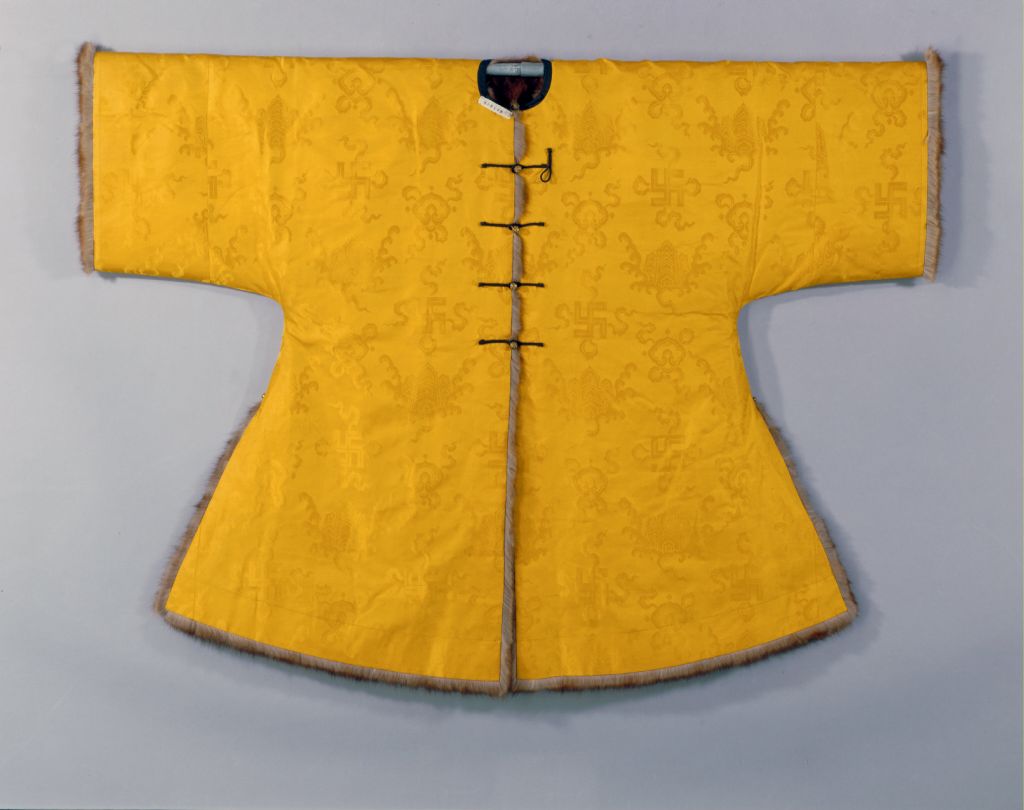[Guo Xi’s flat and distant map axis]
The flat and distant map axis of the cave stone, painted by Guo Xi in the Northern Song Dynasty, silk version, colored, 120.8 cm vertically and 167.7 cm horizontally
Close view of the picture: the stream is clear and shallow, the rocks on the bank are exposed, the trees on the rocks are a bunch, the branches are curly, some leaves are almost gone, some are painted with old leaves, and rendered with light ink. In the distance, the cold smoke is green, the wilderness is wild, the mountains are lined up like barriers, and the sky is clear and clean, which is a scene of late autumn
In Guo Xi’s theory of landscape painting, it is advocated that observation and experience in real mountains and waters is the prerequisite for creation. In his in-depth practical observation, he adopted a comparative observation method. “The Painting of Nest Stone Flat and Far” depicts the late autumn in the north. From the comparative observation, he realized that “the mountains in the northwest are more vigorous and thick”, “the mountains are many mounds, rolling and continuous, constantly thousands of miles away, and the middle hills are crowned and meandering, outstanding in the fields of four Kui.” The nests and distant mountains in the painting reflect these characteristics. The nest stone was created by Guo Xi with the method of curling clouds to express the richness and majesty of the northern landscape. In autumn, his feeling is that “the autumn mountains are bright and clean as makeup”, “the autumn mountains are bright and clean and shake people down in silence”. There is no bleakness and sadness in the painting. From the momentum of composition to the sharp use of the pen, it gives people a solemn, solemn and clear aesthetic feeling. In particular, the winding stream is clear and fresh, not irritating, and clear and shallow, which is connected with the ancient stone, giving people the feeling of “coming out of the water”. This late autumn scenery is full of charm, which is difficult for ordinary painters to perceive and express
Guo Xi first summarized the “three far” principle of landscape painting. “Three Distances” are lofty, far-reaching and even. The “flat and distant map of nest stone” indicates that the “flat and distant” method is adopted. Guo Xi explained: “From the near mountain to the far mountain, it is called Pingyuan”. In the picture, the horizon is about one third of the lower part, and the scene is concentrated in the horizon. From the perspective to the perspective through the middle view, it has clear layers and shows a deep space distance. Although the picture is not much inked, it is broad and magnificent, which inspires people’s spirit
There are not many works of Guo Xi that can be seen today. There are only six or seven authentic works. “The Painting of Nest Stone and the Plain” is one of the pictures with the model year, which was created in the fifth day of the first year of Yuanfeng (1078). It is the masterpiece of Guo Xi in his later years, and is also the best work to appreciate his paintings and understand his art theory.
![图片[1]-Guoxi Keshi Pingyuan Map Axis-China Archive](https://chinaarchive.net/Northern Song dynasty/painting/s5bebc98bb095c.jpg)
![[Qing Dynasty] British female painter—Elizabeth Keith, using woodblock prints to record China from the late Qing Dynasty to the early Republic of China—1915-China Archive](https://chinaarchive.net/wp-content/uploads/2022/11/image-191x300.png)




